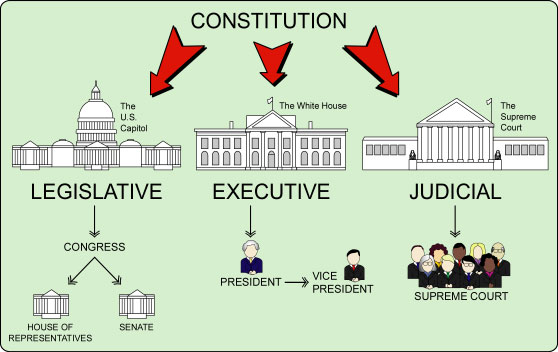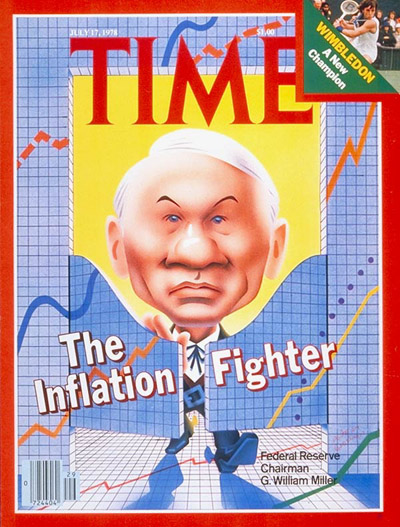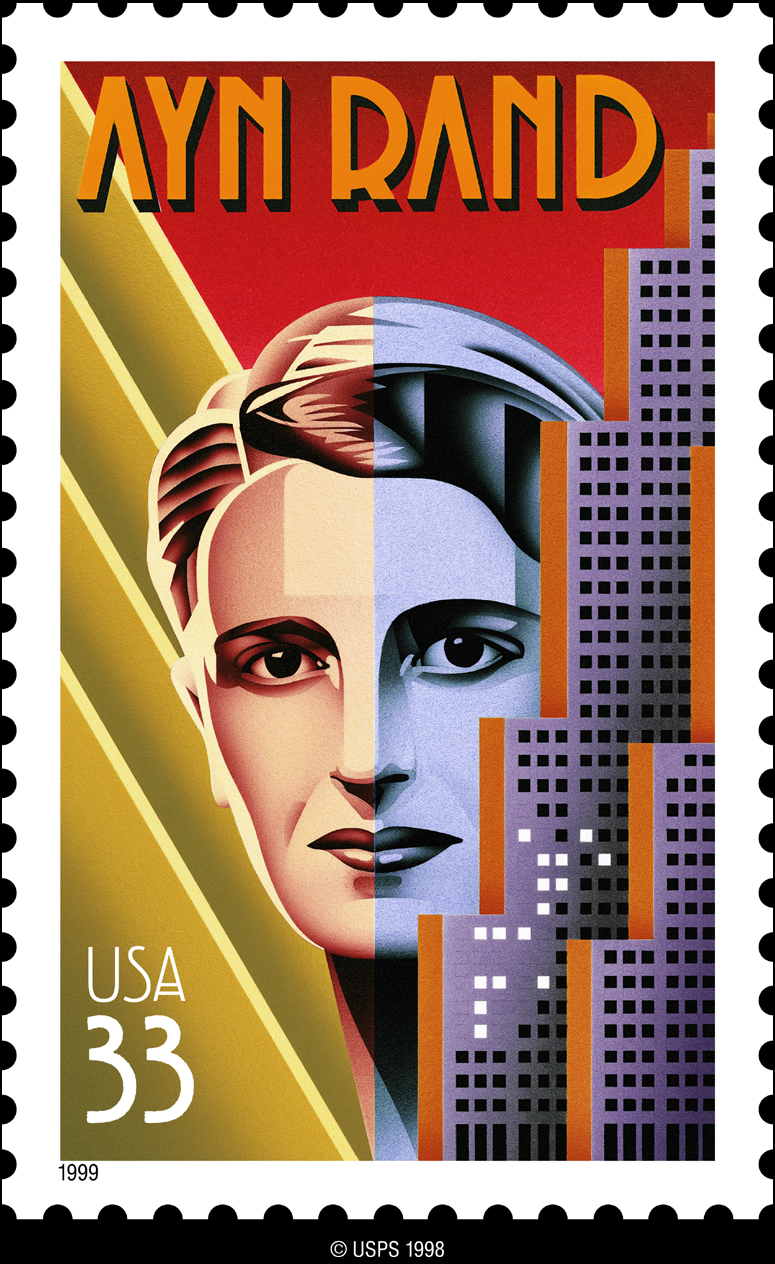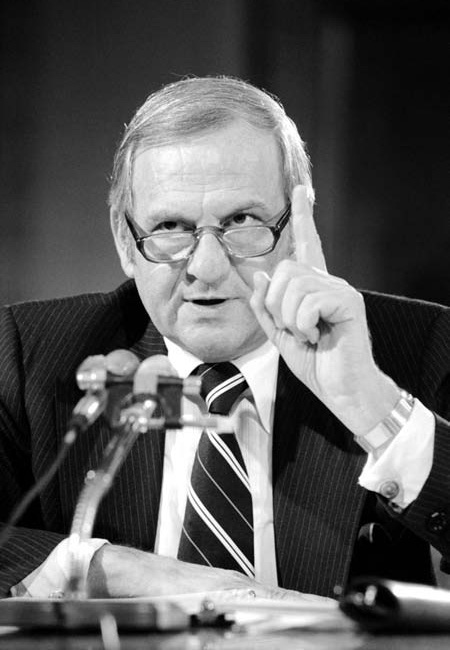 Blame Government: Poor management had a lot to do with Chrysler’s situation in 1980, but government regulation was also used as justification for seeking a government loan guarantee for Chrysler. Government prevented the Big Three from coming together to develop more fuel-efficient cars or improve safety even though the Japanese took the opposite approach. It was illegal for GM and Chrysler to share their research according to Washington. In addition, Iacocca states that the Motor Vehicle Safety Act of 1966 protected motorists at a cost of $19 billion and the spread of that cost was over 5 million GM cars, 2.5 million Ford cars and only 1 million Chryslers. So, if GM’s research into seatbelts cost $1 million and sold 100,000 cars, each customer paid an extra $10. If Chryslers R&D into seatbelts was $1 million and sold 20,000 cars then the cost was $50 more for each customer. Then the cost of manufacturing was much worse for Chrysler since GM’s volumes were much higher. The EPA paperwork in 1978 was 228,000 pages!
Blame Government: Poor management had a lot to do with Chrysler’s situation in 1980, but government regulation was also used as justification for seeking a government loan guarantee for Chrysler. Government prevented the Big Three from coming together to develop more fuel-efficient cars or improve safety even though the Japanese took the opposite approach. It was illegal for GM and Chrysler to share their research according to Washington. In addition, Iacocca states that the Motor Vehicle Safety Act of 1966 protected motorists at a cost of $19 billion and the spread of that cost was over 5 million GM cars, 2.5 million Ford cars and only 1 million Chryslers. So, if GM’s research into seatbelts cost $1 million and sold 100,000 cars, each customer paid an extra $10. If Chryslers R&D into seatbelts was $1 million and sold 20,000 cars then the cost was $50 more for each customer. Then the cost of manufacturing was much worse for Chrysler since GM’s volumes were much higher. The EPA paperwork in 1978 was 228,000 pages!
 Loan guarantees had already occurred at a total of $409 billion for chemical companies, railroads, farmers, electric companies, shipbuilders, college students, and airlines. So despite public outcry, Chrysler was just following what others had done. In August 1979, G. William Miller left as chairman of the FED to become secretary of the treasury. He supported government intervention in the Chrysler case. Iacocca argued that the other two big car companies were soon to be in trouble and loosing money and that this was a problem facing American industry.
Loan guarantees had already occurred at a total of $409 billion for chemical companies, railroads, farmers, electric companies, shipbuilders, college students, and airlines. So despite public outcry, Chrysler was just following what others had done. In August 1979, G. William Miller left as chairman of the FED to become secretary of the treasury. He supported government intervention in the Chrysler case. Iacocca argued that the other two big car companies were soon to be in trouble and loosing money and that this was a problem facing American industry.
 Ideologically, Iacocca could understand why others were against supporting Chrysler since he had always been against much in the way of safety regulations: It was survival of the fittest, water seeks its own level, gov’t weakens the discipline of the marketplace, changing the rules in the middle of the game, etc. The basic view was that the market would work itself out, and Chrysler would have to go bankrupt and reorganize itself. BUT Iacocca disagreed….
Ideologically, Iacocca could understand why others were against supporting Chrysler since he had always been against much in the way of safety regulations: It was survival of the fittest, water seeks its own level, gov’t weakens the discipline of the marketplace, changing the rules in the middle of the game, etc. The basic view was that the market would work itself out, and Chrysler would have to go bankrupt and reorganize itself. BUT Iacocca disagreed….
Iacocca went to House Subcommittee on Economic Stabilization of the Committee of Banking, Finance, and Urban Affairs to ask for a $1.5 Billion loan guarantee. The reasons to support the Chrysler Loan Guarantee “Government Bailout” were the following:
- Yes, Chrysler: a) should not have built products on speculation, b) should not have been in the used-car business, c) should have worked on quality rather than overseas expansion but the energy crisis, regulations and the recession were to blame.
- Government had regulated Chrysler into its current mess because the company was investing the bulk of its capital into meeting government regulations;
- The Chrysler bailout is not a new precedent since others had already occurred at a total of $406 billion dollars worth;
- Bankruptcy is not practical because it would likely lead to liquidation this is because the car servicing of Chrysler models would mean that re-sale values of models would drop, future warrantee coverage would lapse, orders would be cancelled so bankruptcy would be the end of Chrysler and was not a realistic alternative to a government bailout;
- Free-enterprise has adapted since the industrial revolution, it is flexible and organic and nobody is playing in a laissez-faire system;
- Competition would be weakened without Chrysler especially with Japanese manufacturers entering the US market, Chrysler could not build only small cars because the profit margin is too low at $700 each. Big gas guzzlers are like steaks and small cars are like hamburgers;
- The specific congressmen should know how a bankruptcy of Chrysler would effect their constituencies because 600,000 jobs were at stake and the unemployment rate was projected to sore costing unemployment insurance of $2.7 billion during the first year.
 Chrysler won its bailout money in Congress with a 2 to 1 margin at 271 to 136. The Senate voted 53 to 44 for the bailout. So the loan guarantee was $1.5 billion. $400 million in new credit and $100 million in discounts on existing loans, and Chrysler had to sell $300 million in further assets. State and local governments had to provide $250 million, $50 million in new stock were issued, and non-union employees had to contribute $125 to pay cuts.
Chrysler won its bailout money in Congress with a 2 to 1 margin at 271 to 136. The Senate voted 53 to 44 for the bailout. So the loan guarantee was $1.5 billion. $400 million in new credit and $100 million in discounts on existing loans, and Chrysler had to sell $300 million in further assets. State and local governments had to provide $250 million, $50 million in new stock were issued, and non-union employees had to contribute $125 to pay cuts.
Chrysler was valued at $6 billion and at liquidation would be worth $2.5 billion in 1980 according to the US government.

